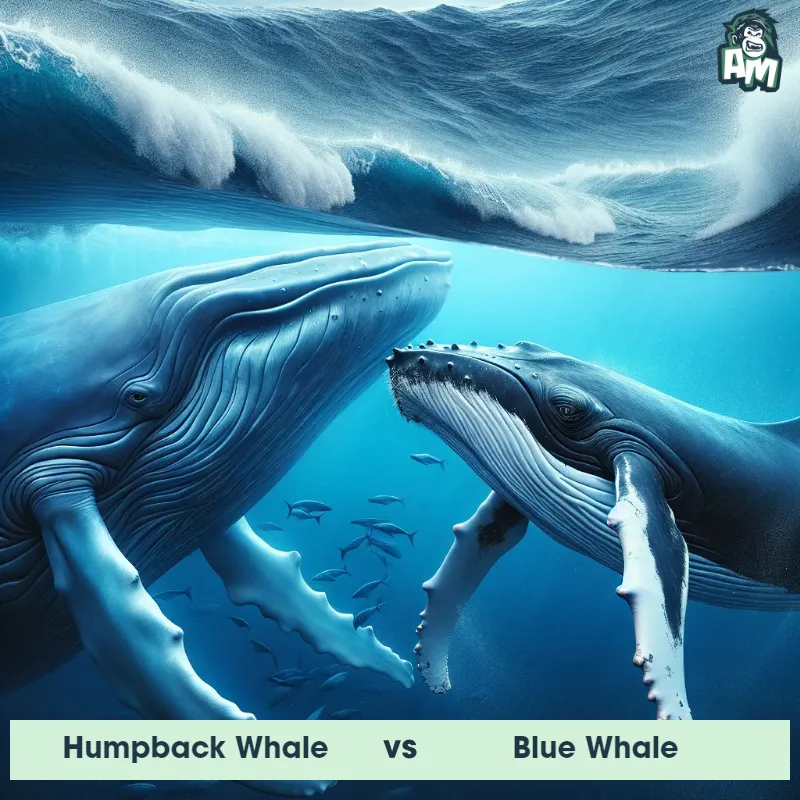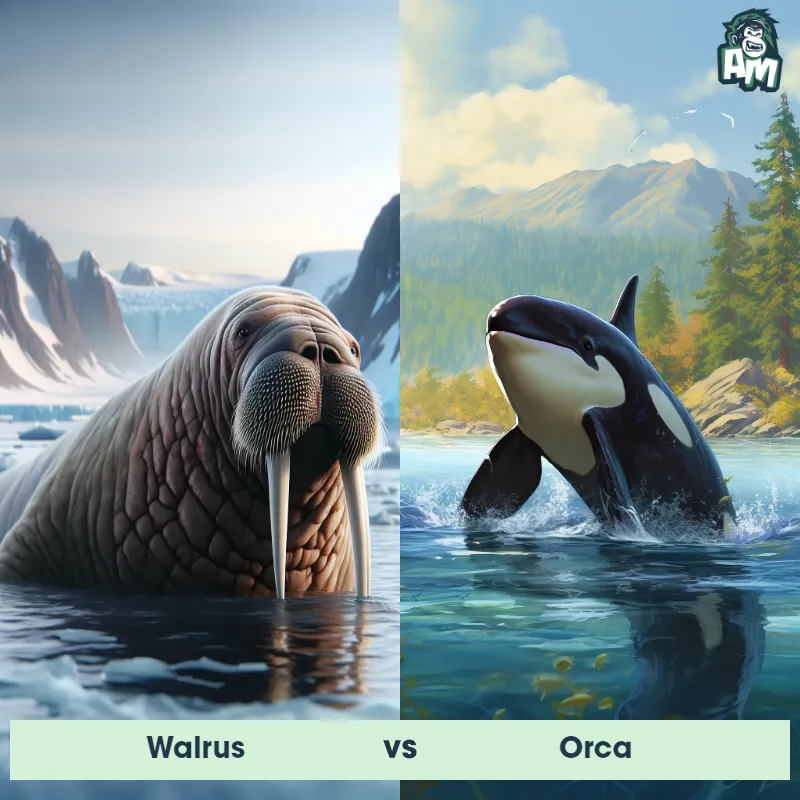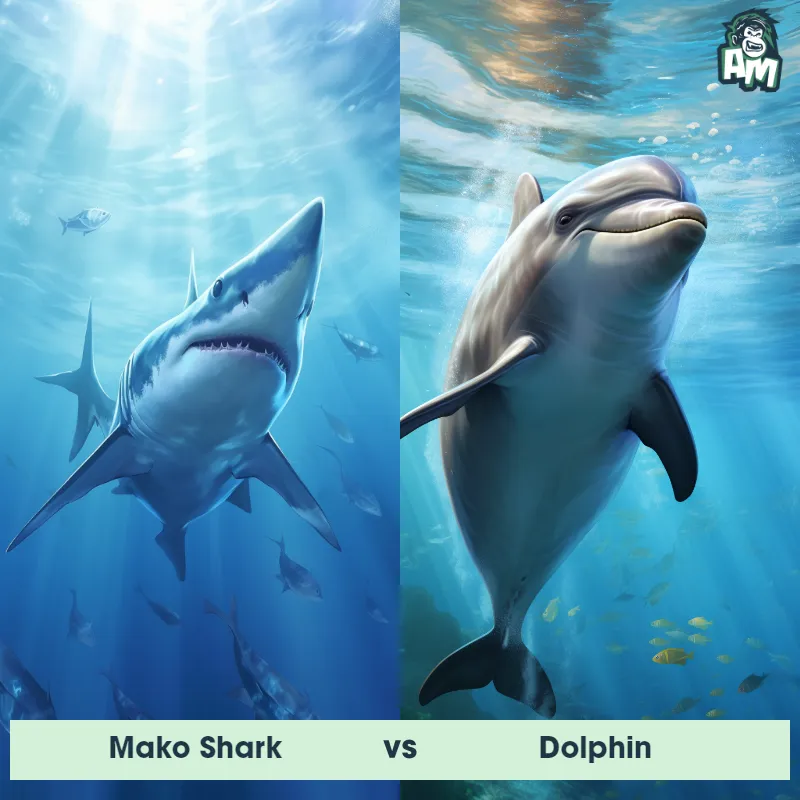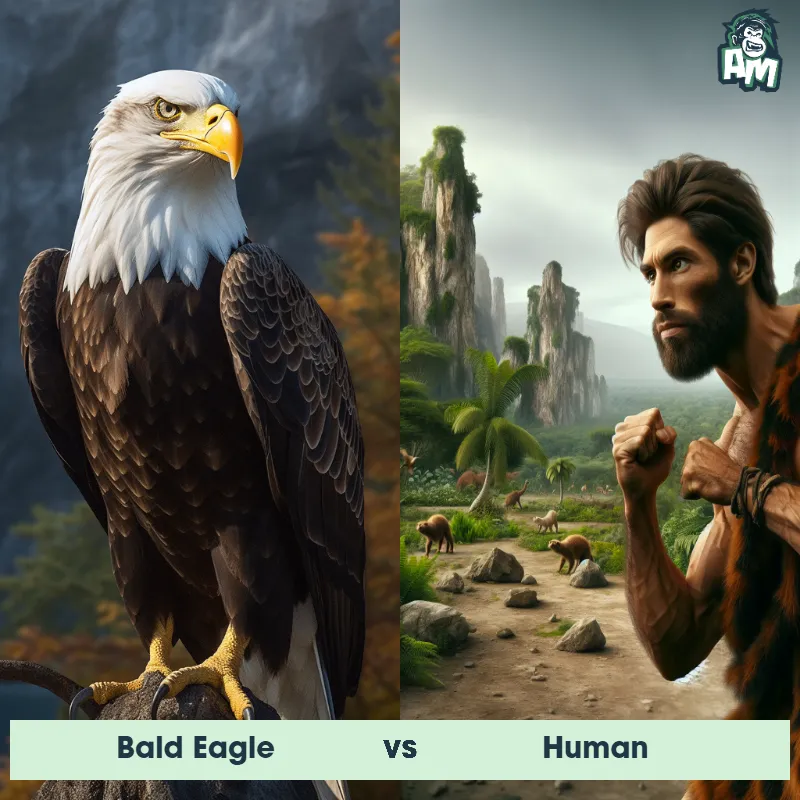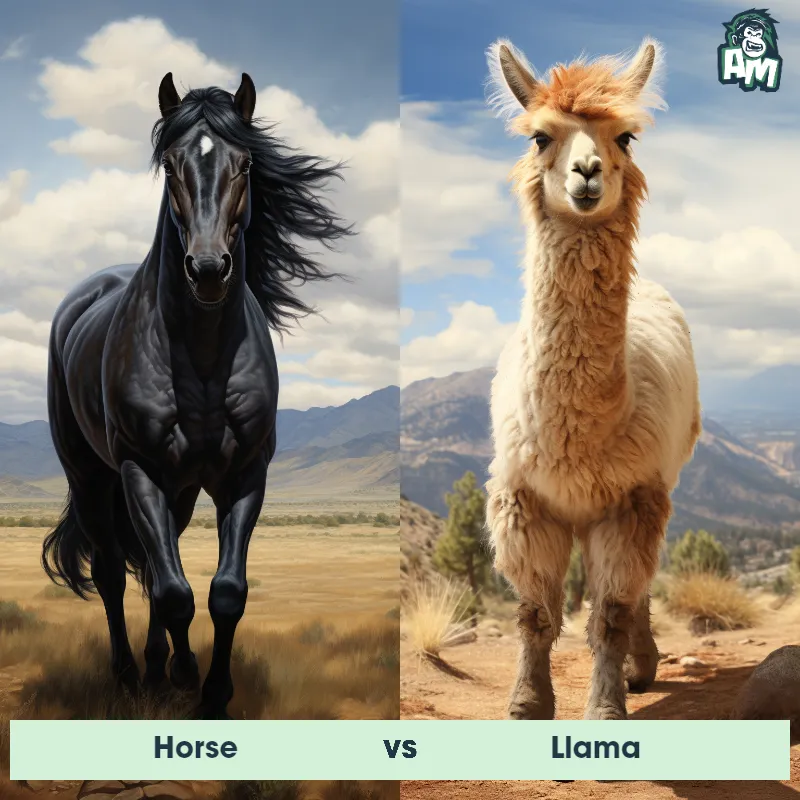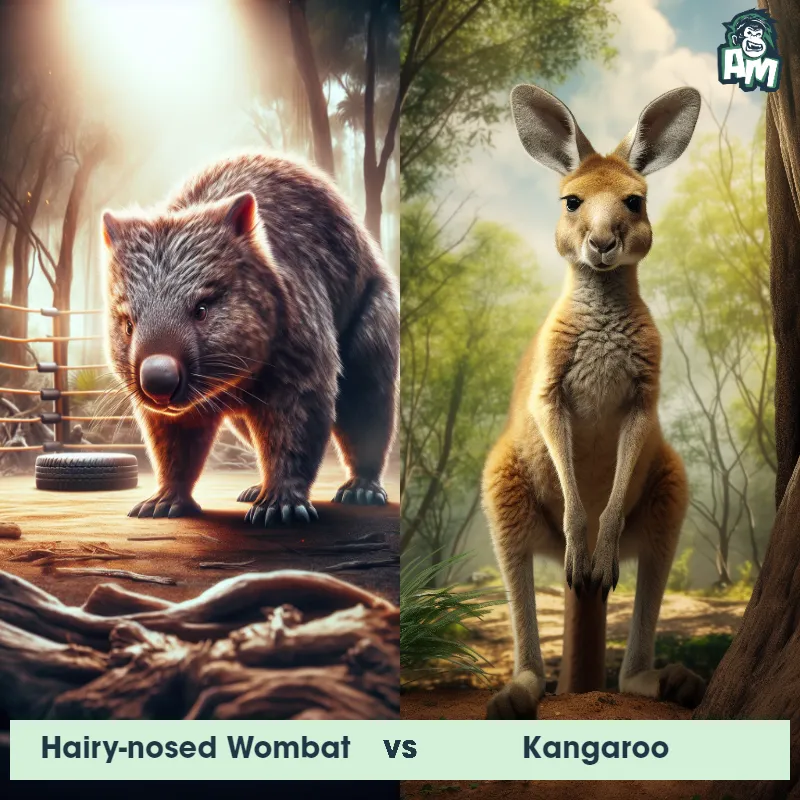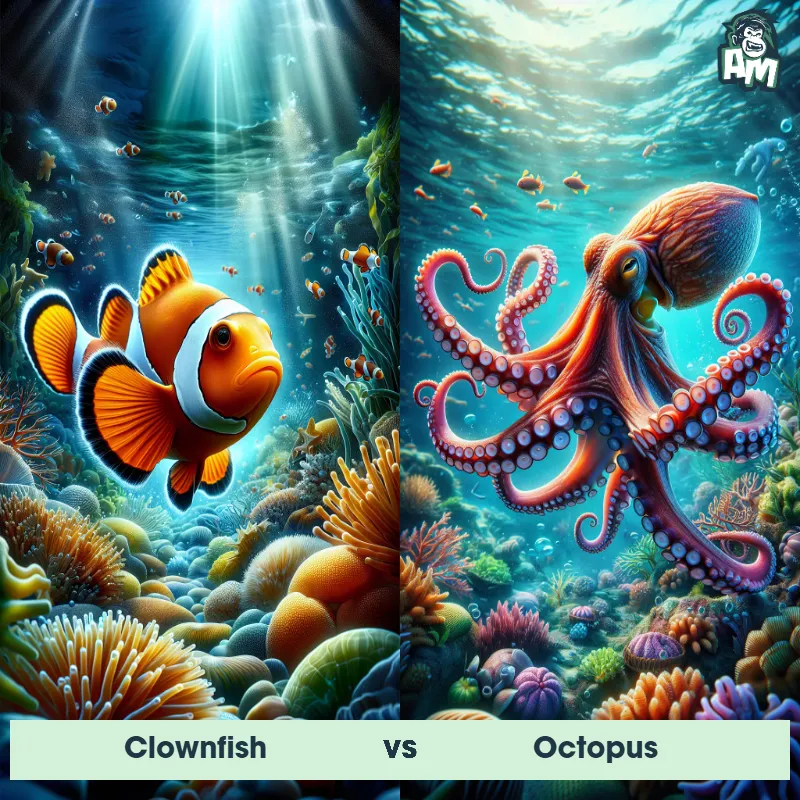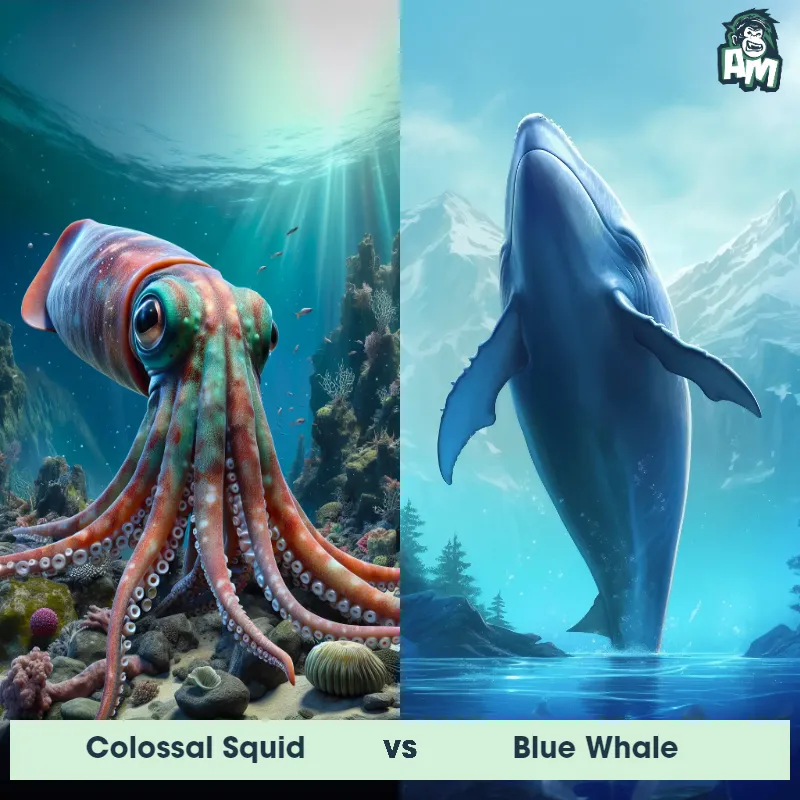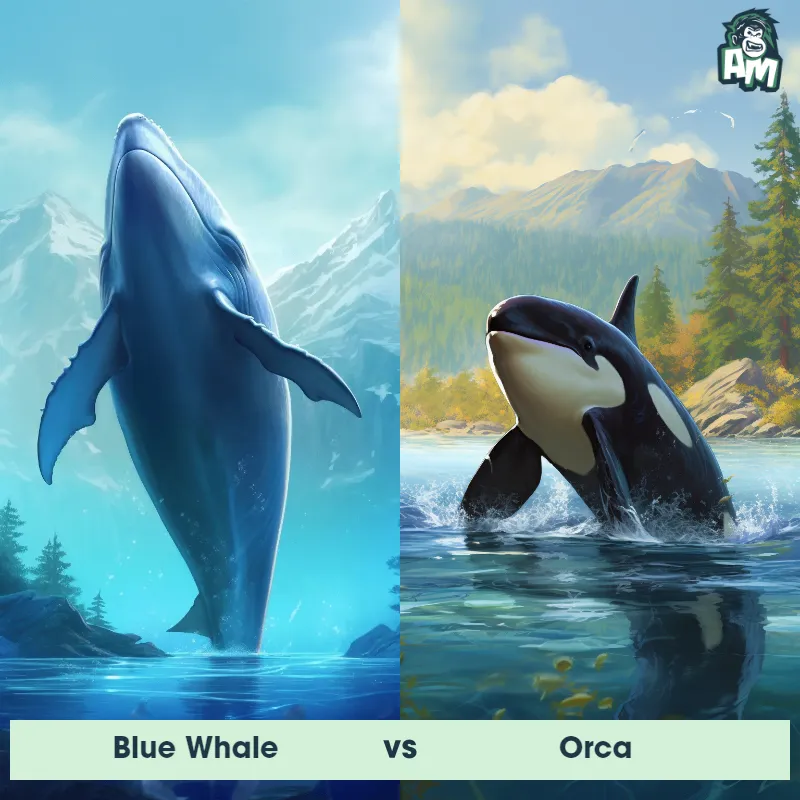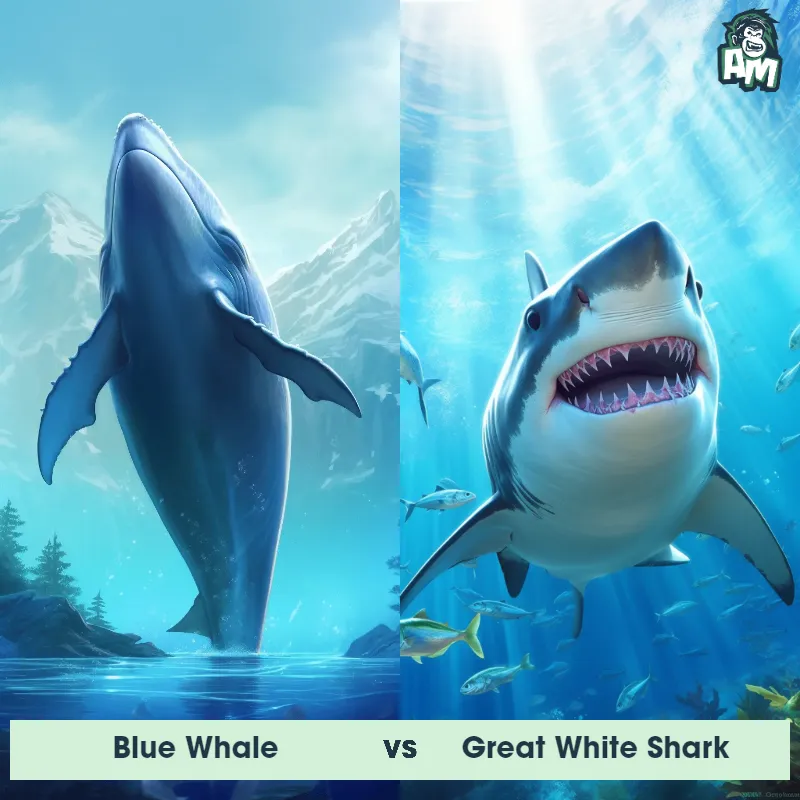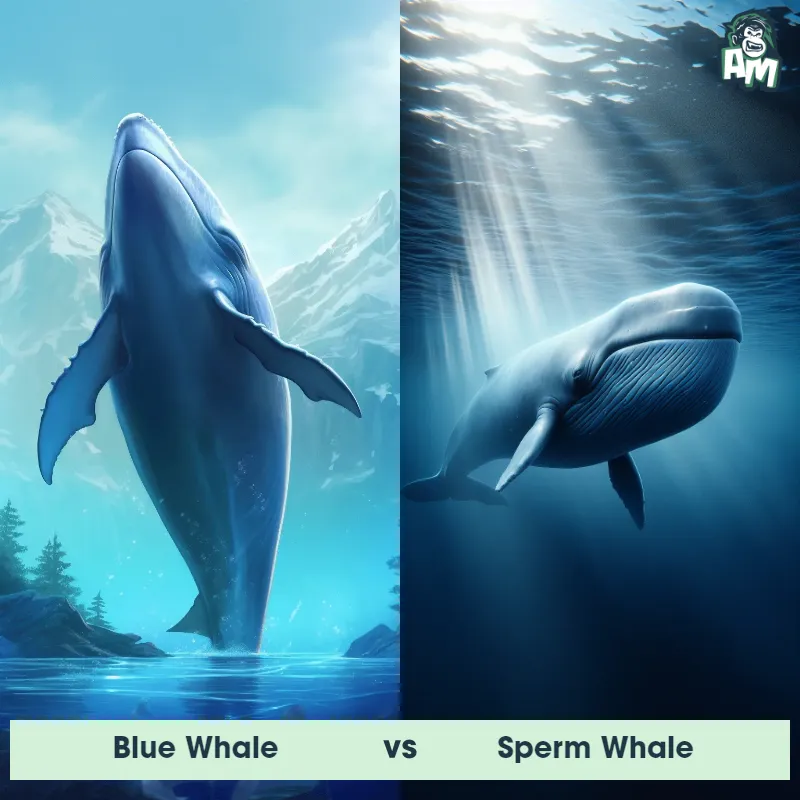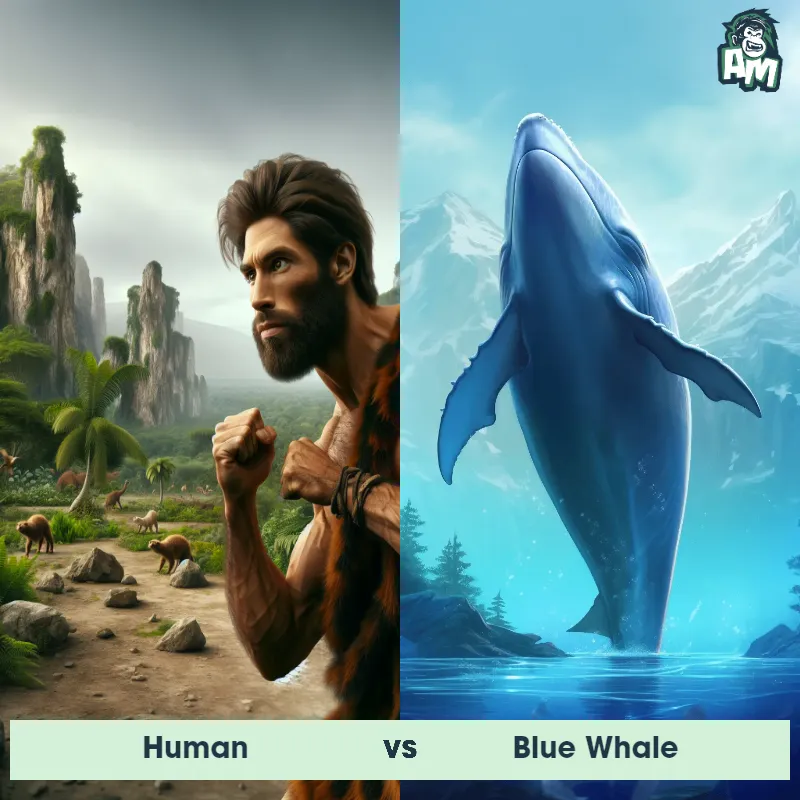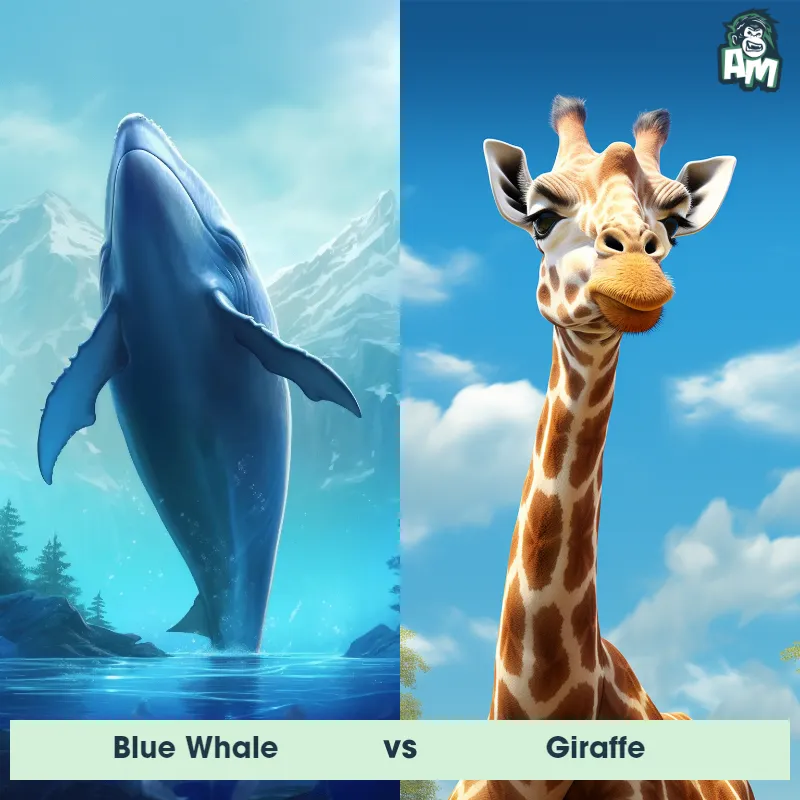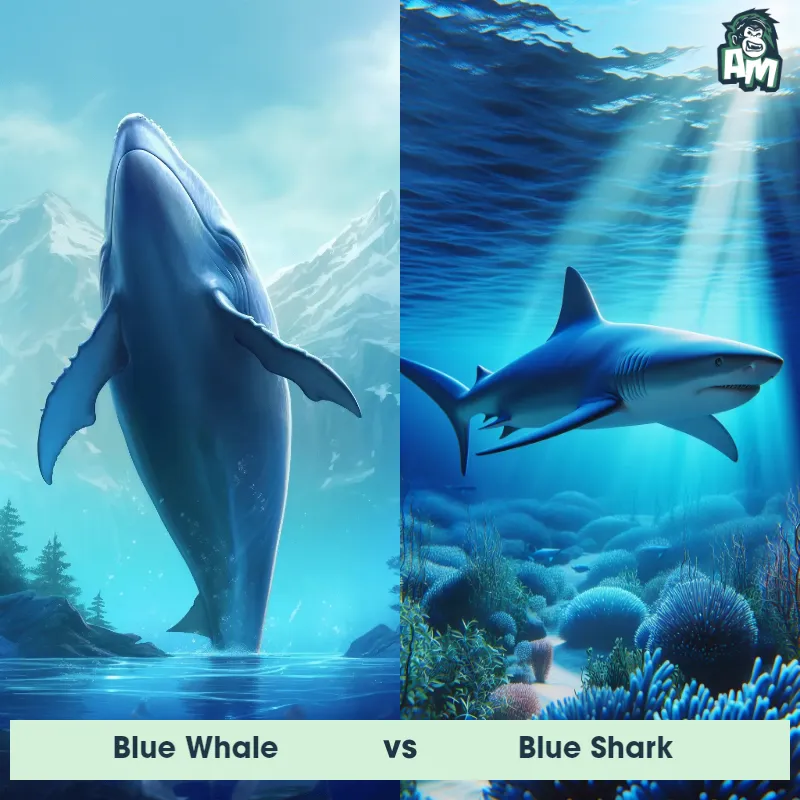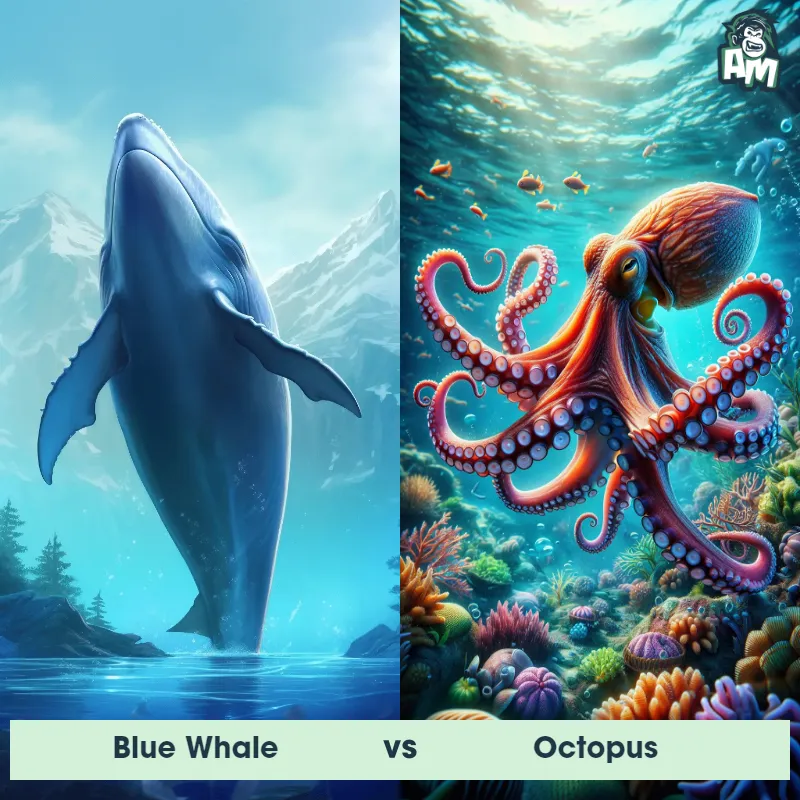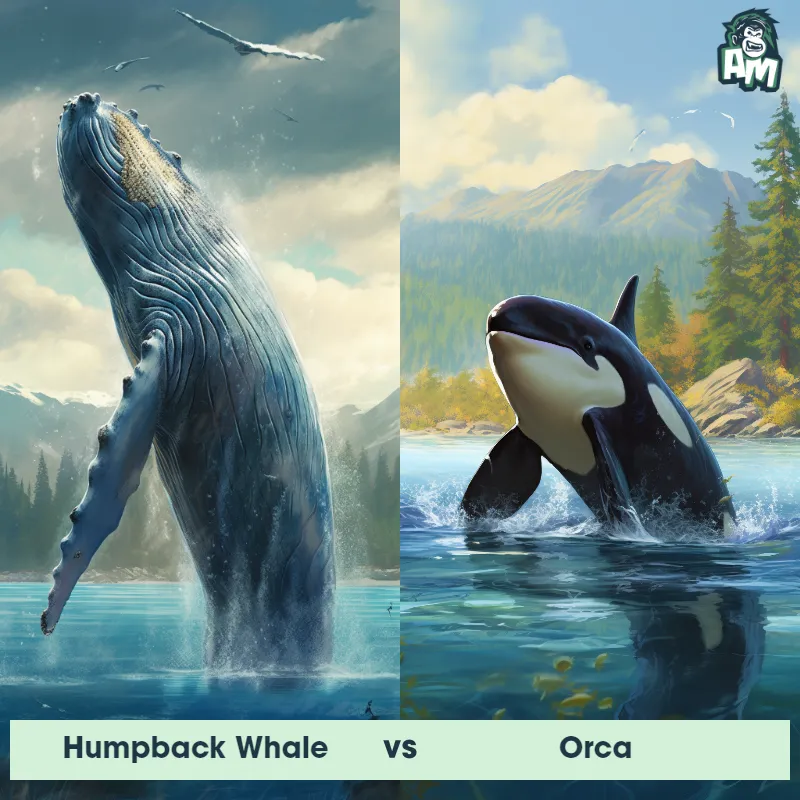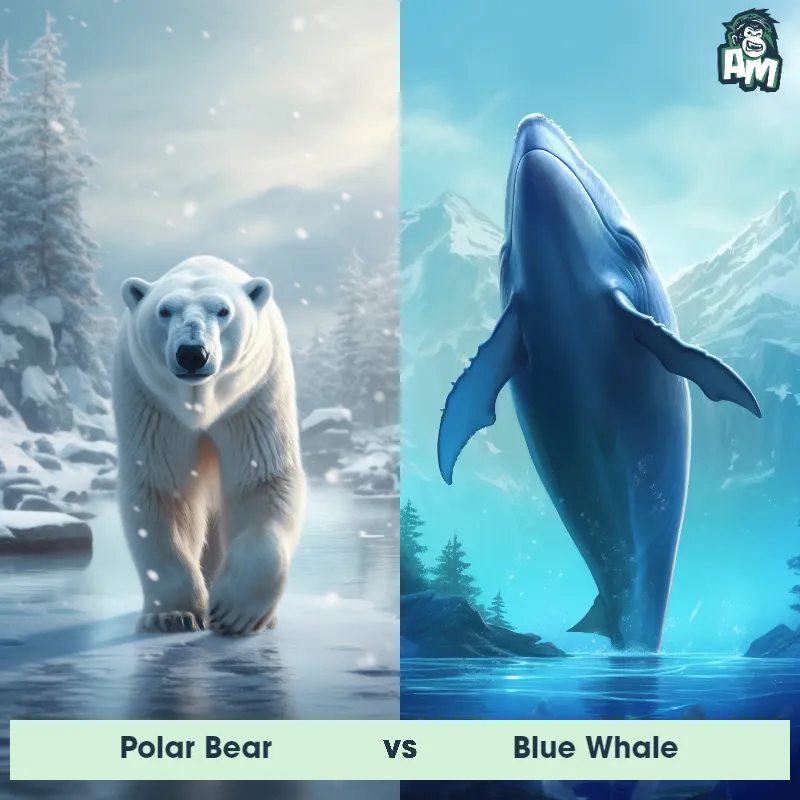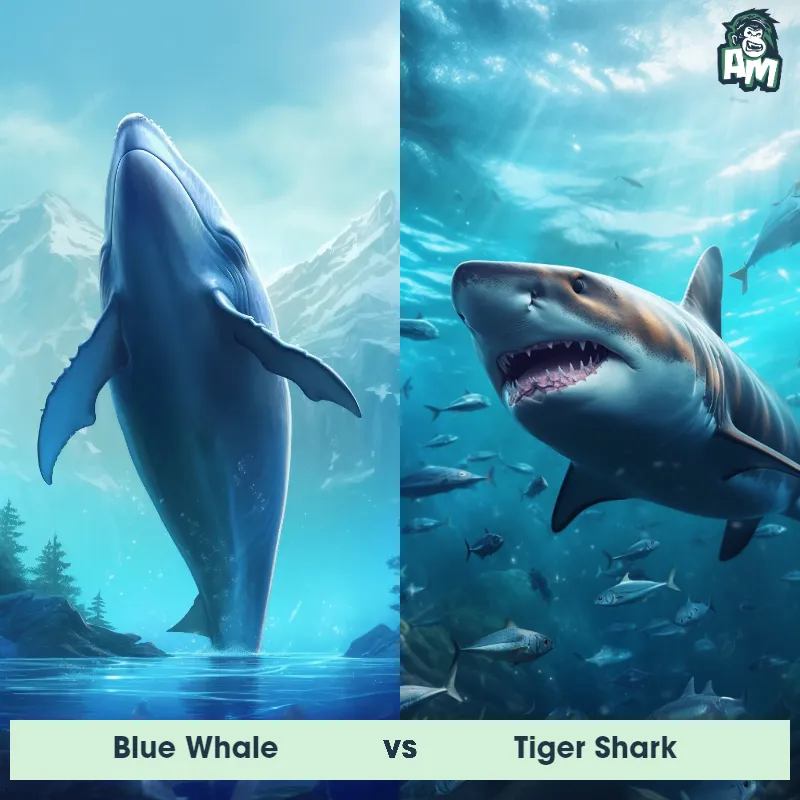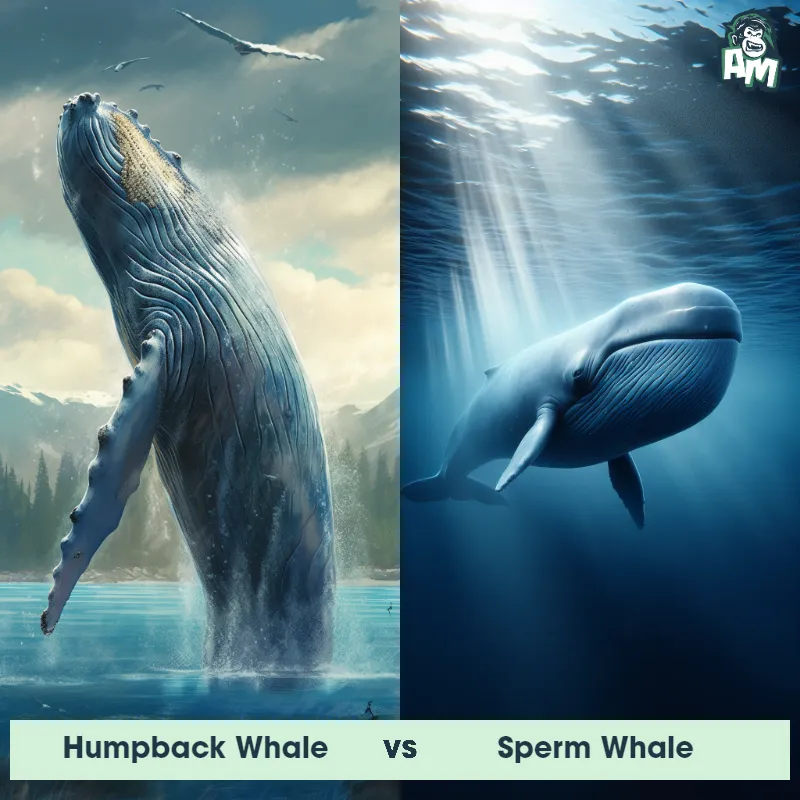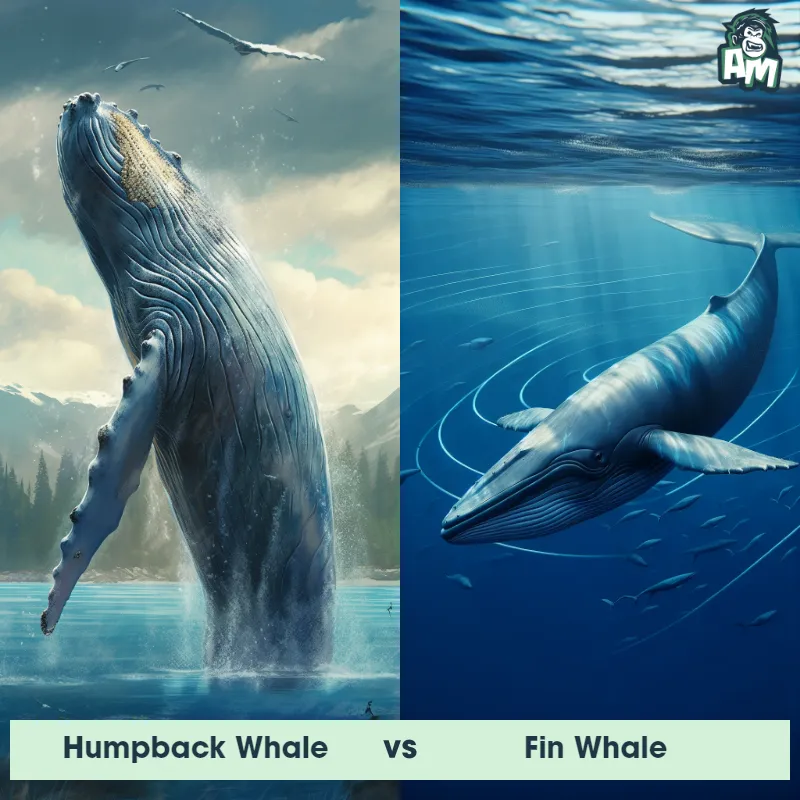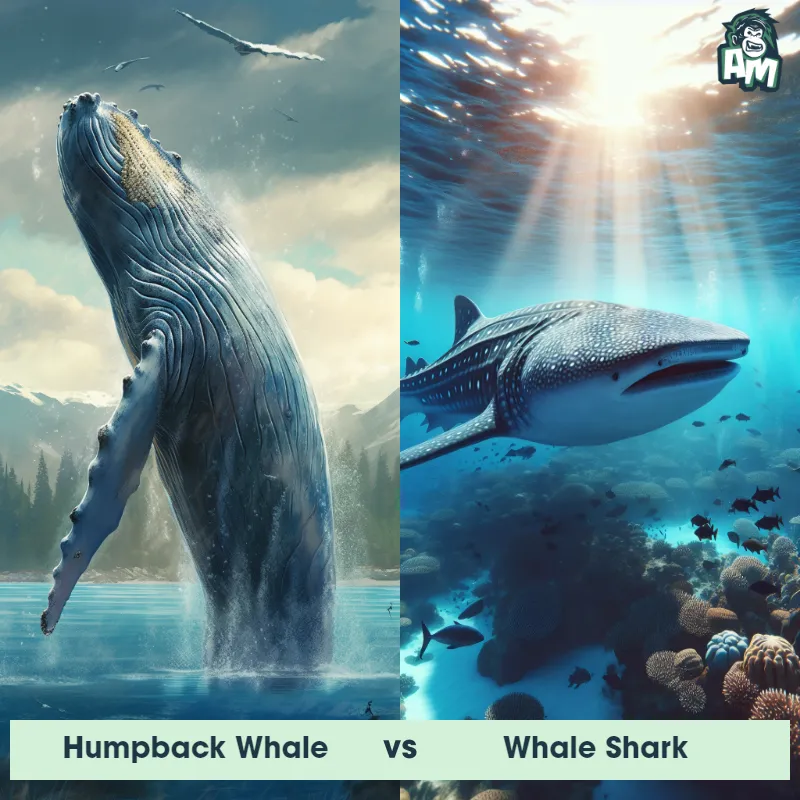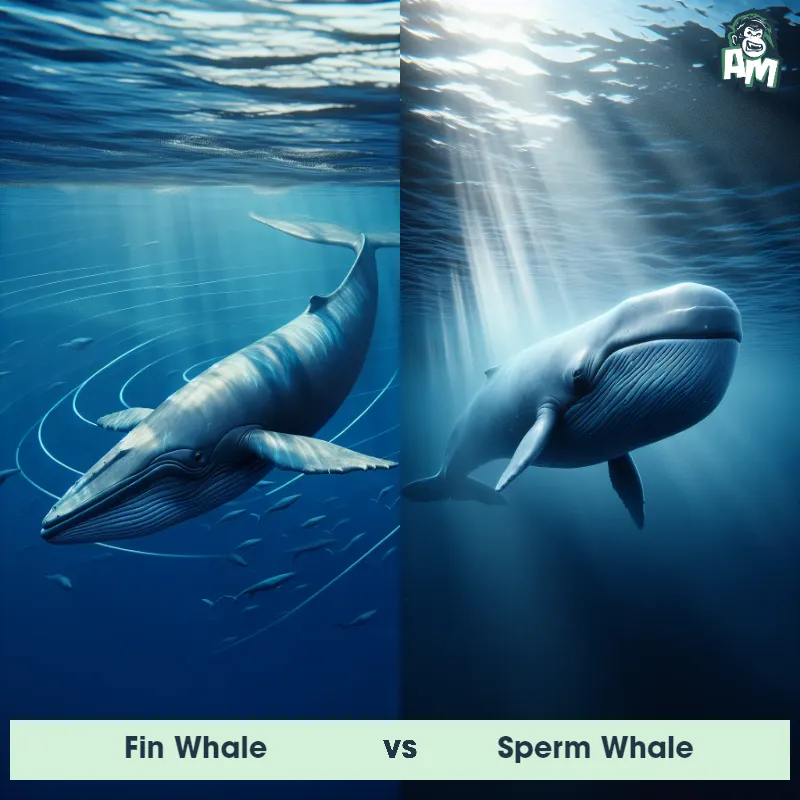Humpback Whale vs Blue WhaleSee Who Wins
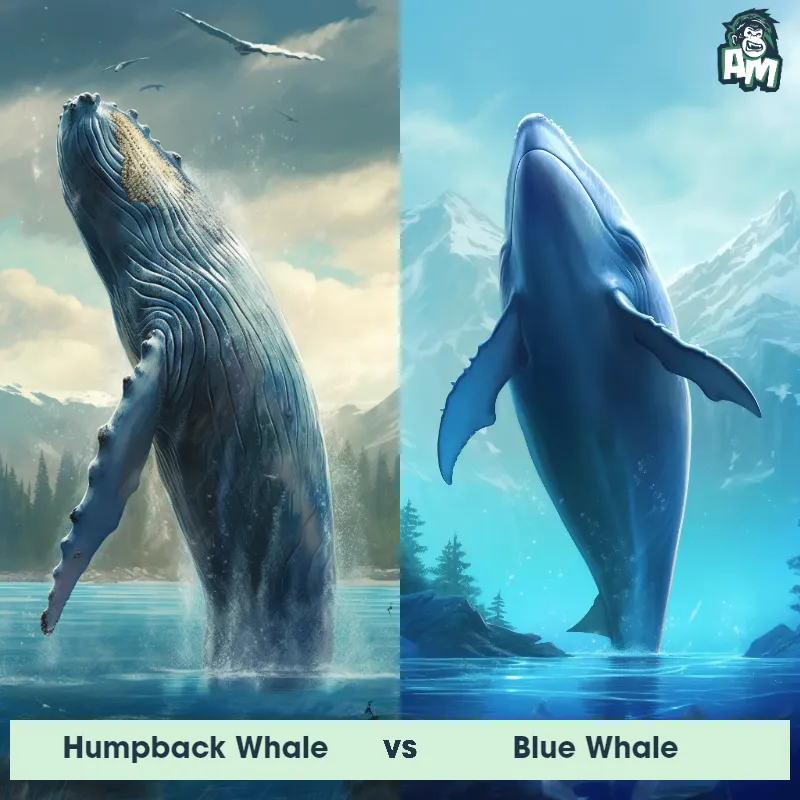
Welcome to this awe-inspiring three-round clash between two of the ocean's most majestic giants: the acrobatic Humpback Whale and the colossal Blue Whale! We're about to witness a mesmerizing display of size, strength, and strategy as these two titanic cetaceans engage in a battle for marine supremacy.
Contender 1: Humpback Whale
The Humpback Whale, also known as Megaptera novaeangliae, is a large marine mammal that can grow up to 50 feet long and weigh up to 40 tons. They are known for their distinctive hump on their back and long pectoral fins that can reach up to one-third of their body length. Humpback Whales are known for their acrobatic displays, including breaching and tail slapping, and their complex songs that can last up to 20 minutes.
Fun Fact: Humpback Whales are known for their unique feeding technique called bubble net feeding, where a group of whales will blow bubbles in a circular pattern around a school of fish, trapping them in a concentrated area for easier feeding.
Contender 2: Blue Whale
The Blue Whale, also known as Balaenoptera musculus, is the largest animal on Earth, reaching lengths of up to 100 feet and weighing up to 200 tons. They have a long, streamlined body with a bluish-gray color and a small dorsal fin. Their diet consists mainly of krill, which they filter through their baleen plates. Blue Whales are known for their loud, low-frequency vocalizations, which can be heard for hundreds of miles.
Fun Fact: Blue Whales have the largest heart of any animal, weighing up to 1,000 pounds and being the size of a small car.
Matchup Stats
| Humpback Whale | Blue Whale | |
|---|---|---|
| Size | Up to 50 feet (15.2 meters) | Up to 100 feet (30.5 meters) |
| Weight | Up to 40 tons (36 metric tons) | Up to 200 tons (181 metric tons) |
| Speed | Speed: 3-9 mph (4.8-14.5 km/hr) | Speed: 20 mph (32.19 km/hr) |
| Key Strength | Powerful tail for swimming and breaching | None |
| Biggest Weakness | Vulnerable to hunting and entanglement in fishing gear | Slow movement |
Current Votes
Humpback Whale vs Blue Whale
See Who Wins
Match Highlights
View More Matches
Looking For More?
Similar Matches
Scientific Stats
| Humpback Whale | Blue Whale | |
|---|---|---|
| Scientific Name | Megaptera novaeangliae | Balaenoptera musculus |
| Family | Balaenopteridae | Balaenopteridae |
| Habitat | Oceans | Open ocean |
| Geography | Worldwide | Worldwide |
| Diet | Krill, small fish, and plankton | Krill |
| Lifespan | 45 years - 100 years | 80 years - 90 years |
Key Differences between Humpback Whale and Blue Whale
- Flukes: Blue Whales have flukes that are more pointed and narrow, while Humpback Whales have flukes that are more rounded and wide.
- Dorsal Fin: Blue Whales have a small, triangular dorsal fin, while Humpback Whales have a larger, more curved dorsal fin.
- Body Shape: Blue Whales have a long, streamlined body shape, while Humpback Whales have a more stocky and rounded body shape.
- Coloration: Blue Whales are typically a uniform blue-gray color, while Humpback Whales have a more varied coloration with black and white markings on their flippers and underside.
- Size: Blue Whales are larger than Humpback Whales, with an average length of 80-100 feet compared to Humpback Whales' average length of 40-50 feet.



